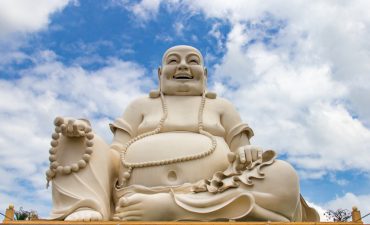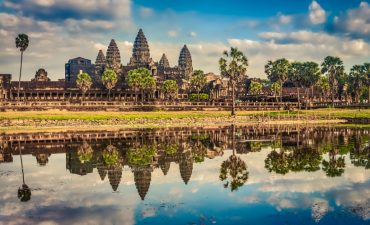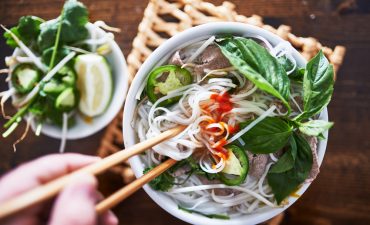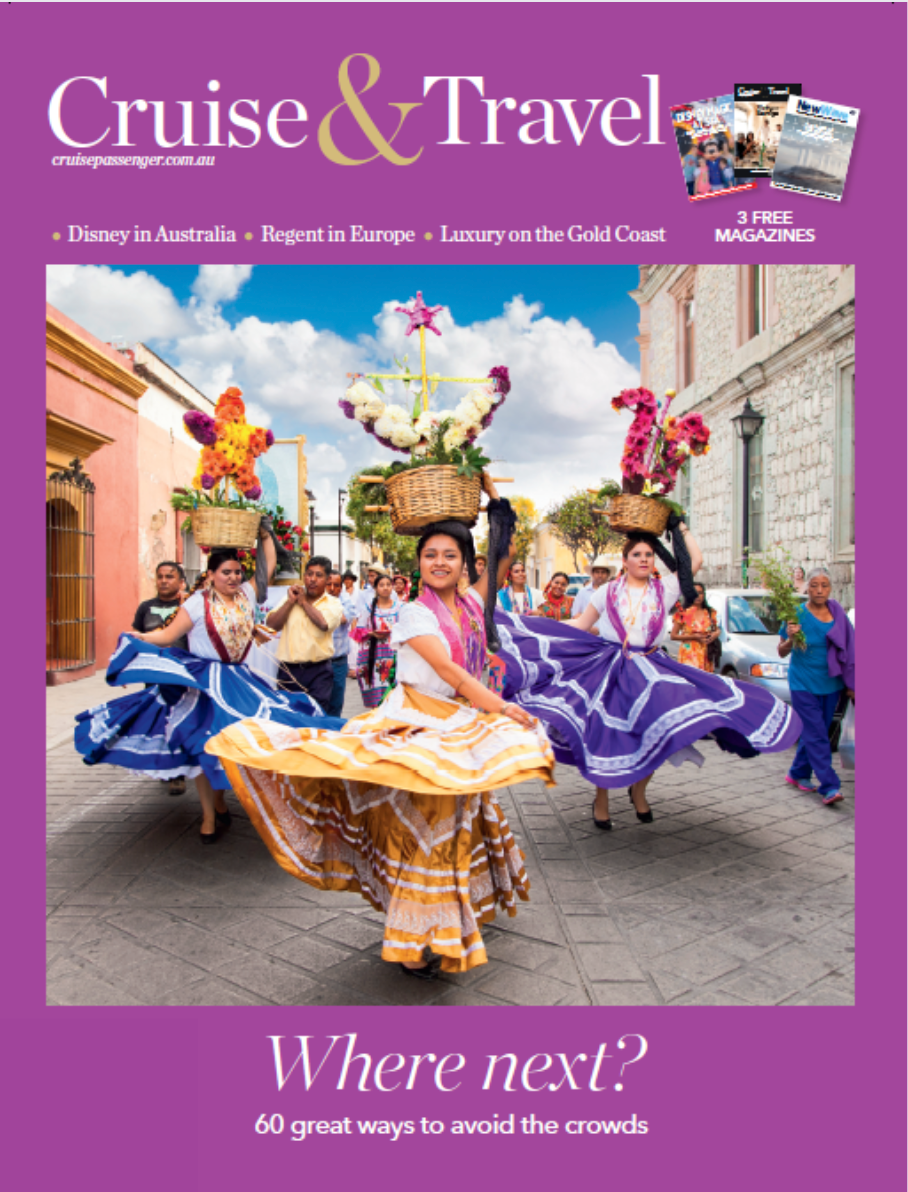Ultimate river guide: The Mekong River
The Mekong River always been a magnet for curious travellers keen to explore amazing ancient cultures and civilisations of Southeast Asia.
What better way to discover the timeless wonders of the region than cruising on the Mekong River, where daily village life comes alive with the hustle and bustle that only Asians produce as they go about their daily lives? The Mekong provides an endless symphony of sights, sounds, and smells that truly captures the cultures and histories.
While the Mekong has been an indiscriminate giver and taker of life, it remains the lifeblood of Southeast Asia.
The 12th longest river in the world and the seventh longest in Asia, the Mekong flows through six countries from China, Myanmar, Thailand, Laos, Cambodia, and Vietnam. It originates on the Tibetan Plateau of China.
Steeped in history that date back thousands of years, the Mekong promises a different experience from the captivating civilisation of Angkor Wat, ancient temples dating back to the 8th century to the rice fields of Vietnam. The mighty Mekong boasts an experience like no other.
River facts

Length: 4908 kms
Days needed to sail: eight to 14 days.
Cities visited: Ho Chi Minh City, Ben Tre, Cu Lao Gieng, Chau Doc, Phnom Penh, Konpong Louang, Campong Tralach, Tan Chau, Sa Dec, Cai Be, My Tho
The Mekong Delta covers more than 38,800 sq kms and is dotted by rice fields, fish farms and fruit orchards. The rice produced in the delta accounts for half of Vietnam’s rice production, hence the term, rice bowl of the country.
River cruise lines: Many cruise lines ply the Mekong River.
Top Sights and attractions
From Vietnam’s bustling metropolises to Cambodia’s sleepy villages, two of Southeast Asia’s ancient and unique cultures are united by a single river – the mighty Mekong.
Ho Chi Minh City, commonly known as Saigon offers a heady mix of old and new and known for its French colonial landmarks, including the Notre-Dame Cathedral and the 19th century Central Post Office. Cambodia’s thriving capital Phnom Penh is fast moving forward but still retains a charming and provincial atmosphere. Then there’s Siem Reap, the gateway to the vast UNESCO temple complex known as Angkor Wat.

Angkor Wat is arguably the jewel of many Mekong River itineraries. It is the most important and largest archaeological site in the world stretching over 163 hectares. For several centuries Angkor was the centre of the Khmer Kingdom. The temple complex consists of magnificent remains of various temples including Angkor Wat, the Bayon, Preah Khan and Ta Prohm and represent the entire range of Khmer art from the 9th to 14th century. You can spend days wandering at Angkor Wat and still only capture a fraction of all the sights.
Some of the smaller towns on the Mekong have a charm and purpose all their own: like Cai Be, which is known for its candy making and floating markets; and Cu Lao Gieng where a family run shipyard makes sampans (boats) by hand. Chau Doc, located near the Cambodian border, is one of Vietnam’s multi-cultural towns with Cham, Chinese, Khmer and Vietnamese communities living cheek-by-jowl.
Food

Nothing like a fragrant bowl of pho – rice noodles with beef in delicious hot soup, garnished with basil, bean sprouts and coriander – to set you up for the day. Pho is one of Vietnam’s most loved dishes. Try “banh khot”, a crispy pancake filled with tiger prawns and prawn floss. The pancake is made of rice flour with coconut milk mixed with rice and turmeric. The pancakes are served with dipping sauce, “nuoc cham”. There’s also the popular “goi cuon” – soft rice paper rolls with prawns and pork, a perfect starter to the main meal. You will adore the fresh, clean flavour. Another must-try dish is the caramelised pork belly which has a perfect balance of sweet, salty, spicy and sour taste – best eaten with steamed baby bak choy and rice. Famous for its exotic food culture, it is often said you can never have a bad meal in Vietnam.
Cambodian food is often overlooked but typically made with fresh herbs and has a medley of milder flavours. One of the most popular Cambodian dish is “fish amok” made of a rich curry sauce of ginger, turmeric, lemongrass and coconut milk. The fish is silky smooth and usually served in a banana leaf. There’s the banana blossom salad, where the blossom is stir-fried and topped with garlic, fried shallots and lemongrass. A squeeze of lime adds a light, refreshing zest. Try the Kampot pepper crabs, a peppery dish which is savoury and mouth-watering. Popularly served in seaside towns and in Phnom Penh.

